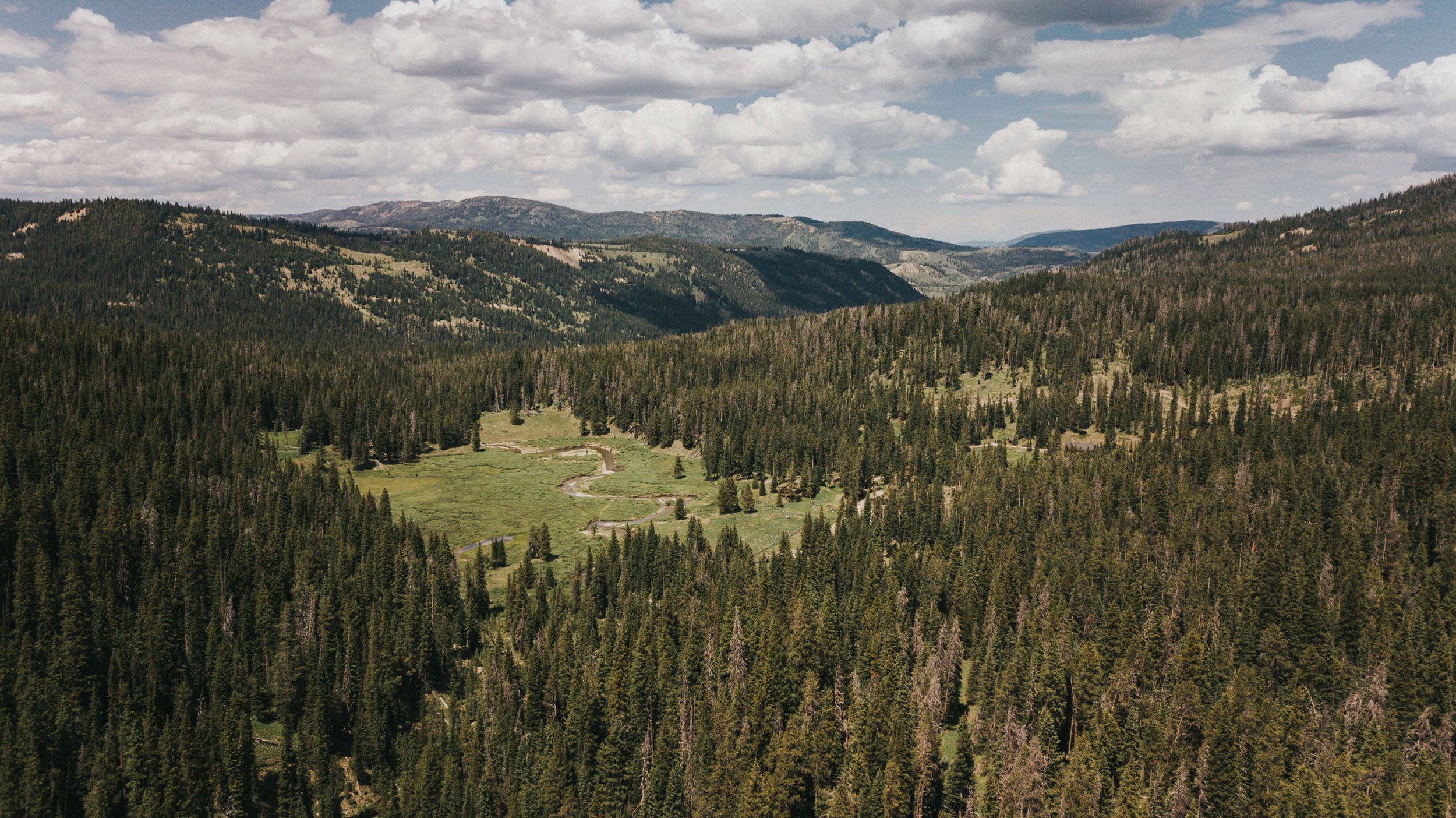The History of Lightning Creek
Building on a legacy
Lightning Creek has been stewarded by generations of people who have had a deep respect and abiding love for wild places.
Early History
The Gallatin Canyon area has abundant evidence of native peoples in the landscape well before European settlement, including numerous hunting campsites where tributary streams enter the West Gallatin. The types of projectiles show a history of occupation from the end of the last major ice age until wickiups likely dating from the late 1800’s and early 1900’s. Trappers, traders, and explorers encountered the Tukudika, or Sheep Eater, Indians hunting in the high valleys during summers. Just south of Taylor Fork, the Bannock Trail was a route for tribes of the Intermountain West (eastern Idaho) to reach buffalo hunting areas just east of the Rocky Mountains. People primarily of European descent have come to this landscape in several waves. Early trappers, traders and explorers harvested animal furs and traded with Indian tribes but tended to come and then depart. Longer term settlement occurred as ranchers brought cattle, and sometimes sheep, for summer grazing in the Upper Gallatin basins.
Dr. Caroline McGill
In the spring of 1941, Dr. Caroline McGill, a prominent Butte physician, conservationist, and owner of 320 Ranch purchased over 3,000 acres of land in the Taylor Fork from the Burlington Northern Railroad, including what is now Lightning Creek. Dr. McGill felt that this beautiful grizzly and elk country needed to be protected from development. While Dr. McGill did not add any infrastructure to Lightning Creek, she spent time in the mountains and trails, enjoying the snow and sunshine, wildflowers, fish, and game with friends and strangers. When Dr. McGill passed away in 1959 at the age of seventy-nine, she left what is now Lightning Creek to her friends and ranch managers Jim and Patty Goodrich.
Pictured here: Sandy and Nancy Martin in front of the original trappers cabin in 1967
The Martin Family
Robert and Virginia (Ginny) Martin purchased the full 640-acre section in 1965 from the Goodrich’s, after their son Sandy journeyed up the Taylor Fork and fell in love with Lightning Creek. They named the property Trapper’s Cabin Ranch after Tom Lincoln, a trapper, who built a small cabin on the property in the winter of 1910.
Two years after purchasing the property in the summer of 1967, the Martin family built the original five buildings using logs cut from the property. All of these original buildings still stand today in addition to other cabins and outbuildings that the Martins built over the last 50 plus years as their family grew. The ranch was continuously occupied by the Martin family every summer since the original cabin was completed in 1969. In 2000 the Martin Family placed 610 of the 640 acres into a conservation easement with the Gallatin Valley Land Trust to conserve the landscape forever.
Crosscut and Lightning Creek
After deciding to sell the ranch, the Martin family approached Crosscut and offered to donate 80% of the original asking price to preserve the land as Ginny Martin’s lasting legacy for the whole community. With this amazing act of generosity by the Martin family and the support of the community, Crosscut was able to purchase Lightning Creek on April 30, 2021. After the purchase Crosscut renamed this property Lightning Creek, after the beautiful waterway that flows through the property.
Preserving the rich history of Lightning Creek
Crosscut is honored to have the support of Humanities Montana for our organization’s first oral history project. We value the importance of stories and conversation in understanding the special places where we offer programs that connect people and nature. With the support of Humanities Montana, we purchased our first recording equipment and a springboard from which to launch a project that will strengthen our communities, inspire ideas, and deepen our understanding of the places we steward.
For more information about our developing archive, please email us at info@lightningcreek.org.






